If you have investigated speakers of any kind, you know that the world of speakers becomes very complicated very quickly. It takes a lot of research to understand the various kinds of speakers, what they are used for, how they are configured, and what their strengths and weakness are.
With that in mind, let’s examine 2-way and 3-way speakers to better understand these configurations.
2-way speakers have two drivers (usually a tweeter and a subwoofer). 3-way speakers usually have a tweeter, a woofer, and a subwoofer. 3-way speakers produce a clearer, more dynamic sound and are more versatile. 2-way speakers are less expensive and can be configured for better bass response.
There are several advantages and disadvantages that come along with 2-way and 3-way speakers. It is crucial for everyone looking for the best response from speakers to understand the differences between the two types and when to use each one.
Before we begin making comparisons between 2-way and 3-way speakers, let’s begin by learning about each speaker type to better understand them, starting with 2-way speakers.
What Are 2-Way Speakers?
2-way speakers are among the most common speaker configurations. They are very widely used in all speaker applications.
This type of speaker has two drivers: usually a subwoofer and a tweeter (hence the name 2-way speaker). The speaker cabinet or enclosure only has two speakers within it – and neither one is isolated.
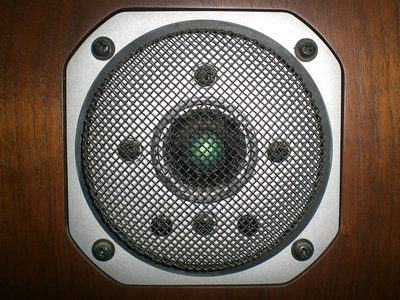
Using a tweeter and a subwoofer provides a very wide spectrum of sound with the minimum possible driver configuration.
Tweeters and subwoofers have very little frequency crossover. Generally, they do not interfere with one another, meaning they do not need isolation or separate enclosures within the speaker cabinet.
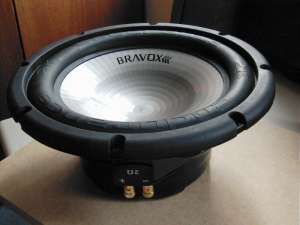
Using this configuration allows the overall speaker to cover a wide frequency spectrum. If the speakers are tuned well, they will produce a good overall sound.
Tweeters are usually very directional drivers, due to their size and the frequencies that they produce. Subwoofers are more omnidirectional, which means that these speakers provide good room coverage without being too big or requiring extra power.
2-way speakers are smaller than other speaker types, and they are generally very efficient. These speakers can be set up and tuned for almost all types of speaker applications.
2-way speakers do not have a mid-range driver (known as a woofer). This means that the tweeter and the subwoofer in the 2-way must compensate for the mid-frequencies.
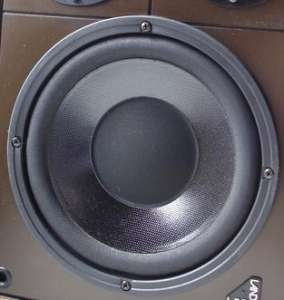
The mid-range frequencies of music and sound are generated by the bottom range of the tweeter and the high end of the subwoofer.
This configuration does work well, especially at low volumes. However, 2-way speakers can never easily reproduce audio signals from the full audible frequency spectrum and generally produce a slightly incomplete sound.
With that said, a high-quality 2-way speaker setup can produce very good sound. This layou is still very useful for many audio applications.
What Are 3-Way Speakers?
Now let’s look at 3-way speakers. These speakers have been around for a very long time, but they are becoming more popular and more widely used internationally than ever before.
3-way speakers are configured with three drivers: usually a tweeter, a woofer, and a subwoofer. This driver configuration provides a far more balanced, even, and smooth frequency response from the overall speaker, much better clarity, better audio control, and better room coverage.
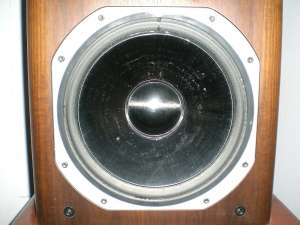
Here is how the frequencies are handled by a 3-way speaker setup:
- Tweeter – produces high frequencies
- Woofer – produce mid-range frequencies
- Subwoofer – produce low (bass) frequencies
This configuration allows the drivers to each function independently to produce the best audio that they can within their designed frequency range. Combining each speaker then fills out the overall output range of the entire speaker, and each driver can perform optimally to produce the best possible sound quality and clarity.
3-way speakers are generally considered to produce better audio quality than 2-way speakers. They achieve this result by using independent speakers for each broad frequency range.
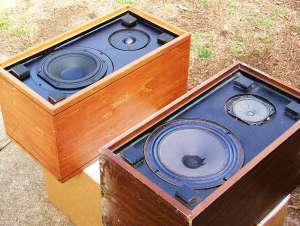
Still, there are some drawbacks that come along with 3-way speakers.
2-way speakers use drivers that emit sound in spectrums that are very far away from one another, but 3-way speakers have a driver in between the tweeter and the subwoofer to fill that gap. In this configuration, every driver has a closer crossover with the speaker next to it.
This can lead to several issues within the speaker, including sound cancellation. This effect will produce a terrible listening experience, resulting in literal ‘gaps’ in the sound that the speaker produces.
To get around this issue, 3-way speakers require the mid-range woofer driver to be isolated within the speaker cabinet. This allows the drivers to be tuned individually to produce a better sound stage, but it does make the speaker far more complex.
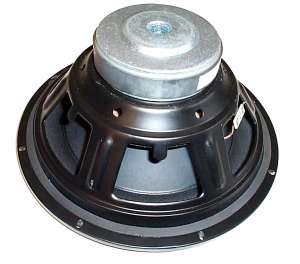
The extra driver, combined with the larger cabinet and speaker isolation within the cabinet, means that 3-way speakers are often significantly more expensive than 2-way speakers.
The third driver also adds a layer of complexity to the speaker, which means that setting up the speaker can feel more complicated for some users than using a 2-way speaker.
With that said, 3-way speakers that are well-made, well-designed, and have high-quality drivers. If they are set up correctly, they will usually sound incredible. They are the favored speakers for those who truly care about audio quality and how their speakers are used.
How Do 2-Way & 3-Way Speakers Compare?
Now that we understand more about 2-way and 3-way speakers, it is time to compare these speaker configurations more closely. How do 2-way and 3-way speakers compare?
The reality is that both of these speaker types have their own strengths and weaknesses, but there are some distinct and clearly noticeable differences between the two.
The most obvious differences between 2-way and 3-way speakers are audio clarity and frequency range.
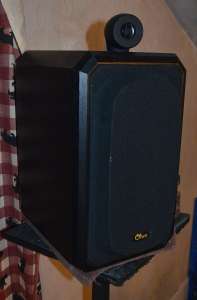
Using only two drivers (one tweeter and one subwoofer) means that the frequencies that the speaker can put out are more limited than using three drivers (tweeter, woofer, and subwoofer).
A 2-way speaker has to work much harder to produce the same frequencies as a 3-way speaker, which means that the drivers can never be tuned to their full potential.
Adding a third driver into the speaker allows the drivers to be tuned to their optimal potential, which allows the entire speaker to produce a clearer, more robust sound.
Using three drivers also means that the speaker can better fill a room with sound, and the cone sizes of the individual drivers can be better tuned for sound dispersal and directionality.
This means 3-way speakers usually produce a better overall audio experience than 2-way speakers do. They also produce clearer, better-quality, and more well-balanced sound overall.
However, 2-way speakers have some advantages as well. The configuration of two drivers means that the subwoofer has more headroom and is usually driven harder than if it is combined with a woofer.
There is almost no crossover between a subwoofer and a tweeter, which means the sub can be pushed harder than if it is set up with a woofer that has more crossover.
This means that 2-way speakers can be set up and tuned to produce significantly more powerful bass than 3-way speakers. 2-way speakers are much better for bass-orientated purposes, especially if the only spectrum that you really care about in the application is the low range.
3-way speakers produce a clearer sound, and they can have a very good bass response. However, they will never have the same bass punch that a big 2-way speaker can produce.
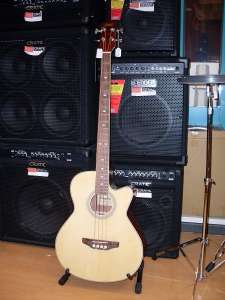
This is why home theater audio systems have a separate subwoofer in their own enclosure positioned far away from the woofers in the room.
All of this means that 2-way and 3-way speakers are best used in specific applications, but they are generally both versatile speaker systems and can be used for multiple purposes.
It is best to determine what your listening preferences are and what you want from a speaker before deciding on using a 2-way or 3-way system.
Are 2-Way Or 3-Way Speakers Better?
Comparing 2-way and 3-way speakers usually involves determining which system is better for specific applications.
3-way speakers are generally considered to be better all-round speakers. These speakers provide better overall audio quality and clarity, and they are far more configurable and tunable.

Using 3-way speakers is better for listening to music and movie audio (including soundtracks and dialog). It is usually better for filling a room with sound than 2-way speakers.
However, if you are after the most bass possible (or if you want to produce the flattest frequency response possible) then using 2-way speakers can be a better option.
2-way speakers can be set up to output more bass than 3-way speakers and can produce a flatter frequency response more easily. This is due to the fact that they only having two drivers, which are far away from each other on the frequency spectrum.
These speakers can also produce better bass if they are tuned to do because the subwoofer in a 2-way has more headroom and can be tuned up louder than it can be in a 3-way.
This makes 2-way speakers better for purposes such as studio monitoring and for playing very heavy bass-centric music.
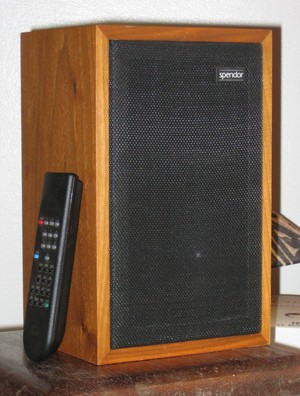
It is impossible to declare one speaker type as unequivocally better than the other, but they each have applications that they are better suited for.
The Pros & Cons Of 2-Way & 3-Way Speakers
A great way to compare 2-way and 3-way speakers is to outline their strengths and weaknesses. Defining the pros and cons of these speaker types can help you to make a better decision regarding your use of speakers and help you decide which speaker is better for you.
Let’s explore the pros and cons of 2-way and 3-way speaker configurations.
The Pros & Cons Of 2-Way Speakers
The pros of 2-way speakers include the following:
- 2-way speakers can have very good bass response
- 2-way speakers have a smaller form factor and footprint
- 2-way speakers have very little crossover between drivers
- 2-way speakers are efficient
- 2-way speakers are easy to configure and set up
- 2-way speakers can have a flat frequency response
- 2-way speakers are less expensive than 3-way speakers
- 2-way speakers have better unidirectional sound
- 2-way speakers are versatile
- 2-way speakers are good for bass-heavy audio
The cons of 2-way speakers include the following:
- 2-way speakers are not always clear
- 2-way speakers lack overall power
- 2-way speakers can sound too flat and may lack dynamic range
- 2-way speakers lack sonic depth
- 2-way speakers cannot fully utilize their drivers due to a lack of range
- 2-way speakers can struggle to fill a room with sound
- 2-way speakers are not great for audio with high dynamic range
The Pros & Cons Of 3-Way Speakers
The pros of 3-way speakers include the following:
- 3-way speakers have excellent dynamic range
- 3-ways speakers produce intense sound
- 3-way speakers have good omnidirectional sound
- 3-way speakers have clearer audio quality
- 3-way speakers generally produce better overall sound quality
- 3-way speakers are the best speakers for multi-functional use
- 3-way speakers are excellent for audio with a broad range
- 3-way speakers sound more alive than 2-way speakers
- 3-way speakers fill a room with sound
- 3-way speakers are extremely versatile
The cons of 3-way speakers include the following:
- 3-way speakers can lack bass or low-frequency power
- 3-way speakers are large
- 3-way speakers are more expensive
- 3-way speakers are more complex to configure and set up
- 3-way speakers are difficult to control
Conclusion
2-way and 3-way speakers both have their place. There is nothing wrong with either of these speaker systems, but each one is better for certain purposes than the other. The speakers that you use should be based on what you want for the speaker, what you want to use the speaker for, and your budget.
Use a 3-way speaker system if you want to achieve the very best overall quality and audio clarity but use a 2-way speaker system if you have a smaller budget or if all you care about is driving bass.
Do your speakers sound like they are underwater? You can find out why here.
You can learn about soundbar speakers here.
